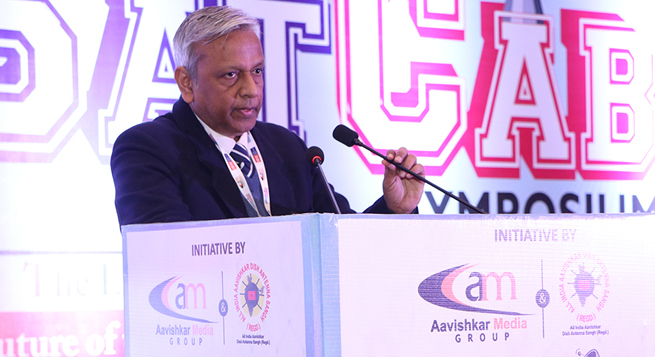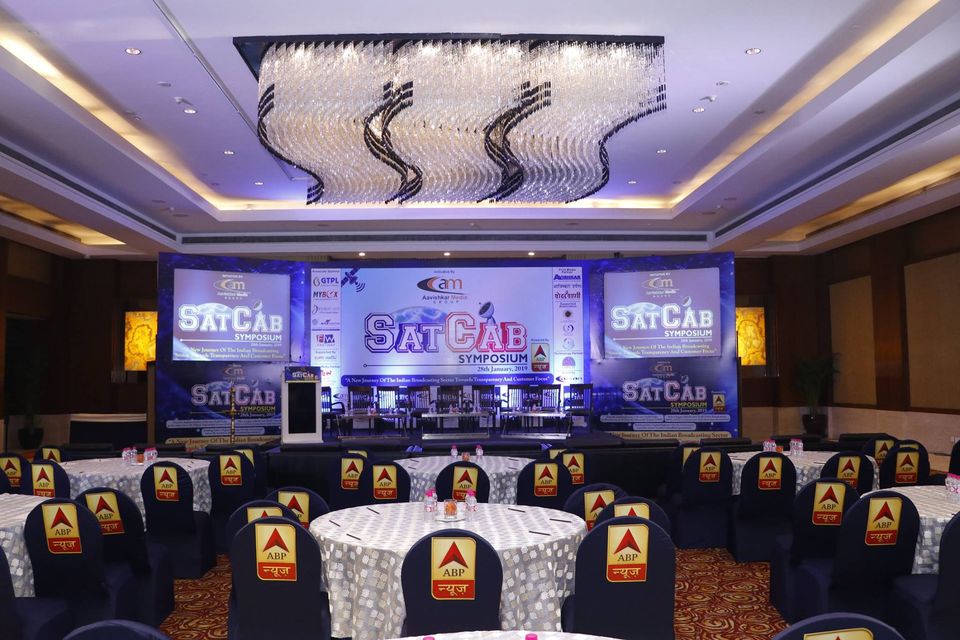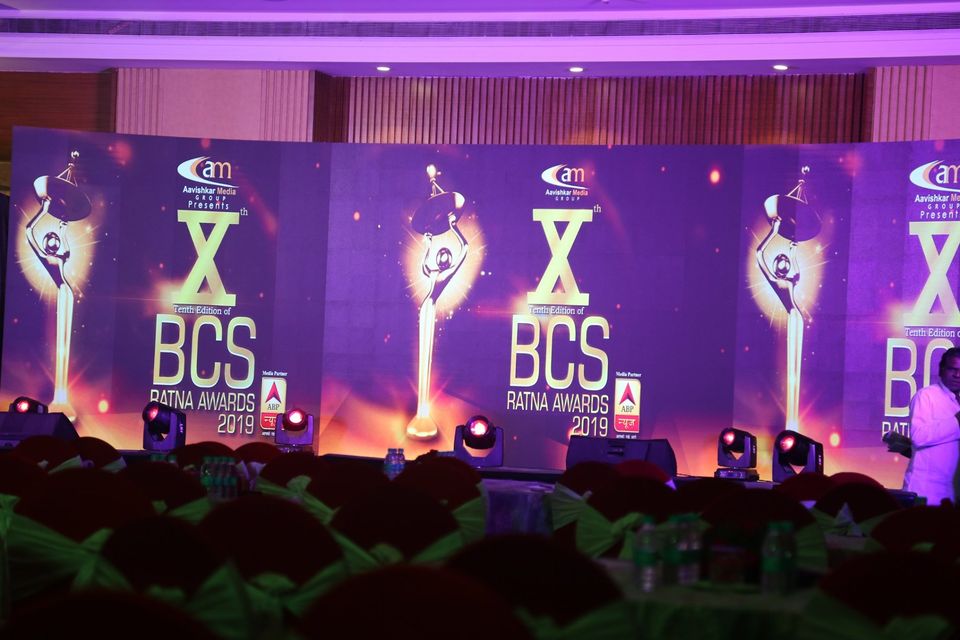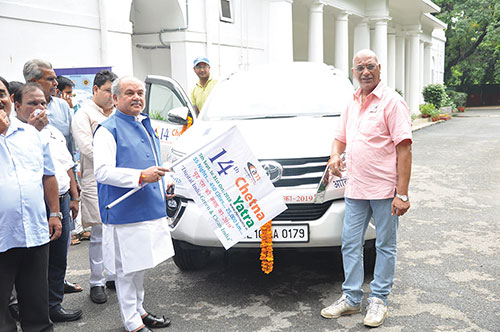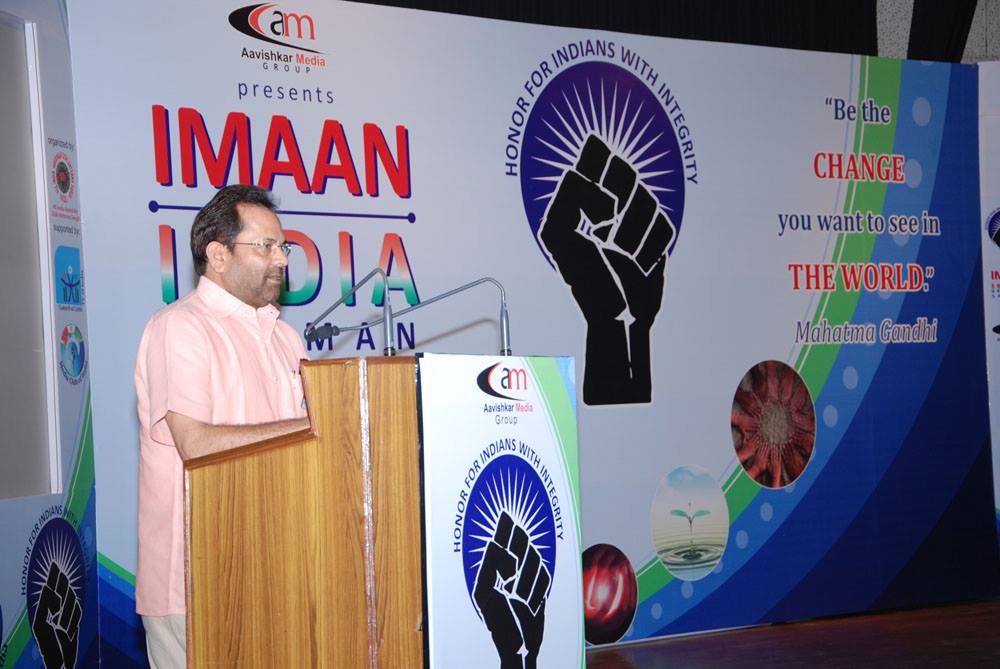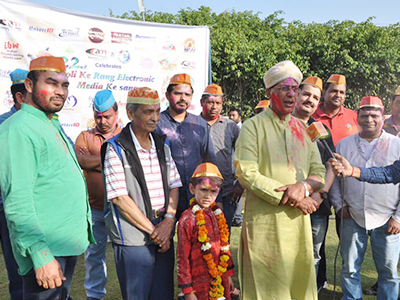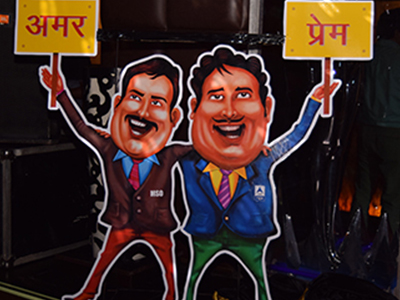Amongst the many issues being looked into by the Indian government in the media and entertainment sector, content and signal piracy is gaining importance and this was asserted by a senior official.
Delivering the KEYNOTE ADDRESS at the SATCAB SYMPOSIUM 2023 in New Delhi recently, Sanjiv Shankar, Joint Secretary at Ministry of Information and Broadcasting (MIB) flagged the piracy issues along with several other challenges, including how the linear TV landscape has changed with the arrival of new technologies like OTT platforms.
Listing out some of the initiatives undertaken by the MIB in recent times, apart from those that will be looked into in future, Shankar said, “Another challenge is the piracy…we believe that illegal sharing of content is there, and urge you to take all the possible steps to contain this or eliminate this, because it is affecting the entire industry, and it will affect all of you.”
The issue gained importance as the audience at this year’s SatCab Symposium, organized by the Aavishkar Media Group, was primarily made up of distributors of content, including senior representatives from MSO companies and independent LCOs.
Admitting that though there are certain rules to check the rampant piracy in India, which results in loss of revenue for all the stakeholders, Shankar lamented, “There are audit regimens as per the TRAI regulations…(but) we are concerned that the regular audits are not done, and that has to be done on a yearly basis.”
This year’s conference, aptly themed ‘Is the Future of Indian Broadcasting Sector at Stake Now?’, saw a jam-packed hall of delegates and speakers listen and discuss the various issues impacting India’s M&E sector, which currently is going through recessionary pangs owing to several reasons.
Dwelling on the current discussions around linear vs. digital, Shankar asserted there’s scope for coexistence for all types of services even though new techs will keep posing newer challenges to linear broadcasting.
“Technology is evolving on a day-to-day basis . We cannot wish away new technologies…there will be alternative modes in which subscribers and advertisers, who are the mainstay for the industry, will have their opportunities,” the government official said.
So, when competition is a given thing, what can be done?
Shankar’s solution: “It’s not about freedom, it’s about the competition. So, we all have to gear ourselves to face the competition from the alternate sources, alternate technologies, alternate methods (of video delivery and distribution).
“So, the linear was one way till not very long ago, but now it is one of the many ways (of distribution)…we have to brace up for that competition, and we have to adapt.”
Pointing out that linear TV has had its share of free run, Shankar opined linear broadcasting has “realized its peak” and “potential”, though going forward there would be new technologies to “supplement, complement” this medium.
“At the same time, I feel that there is plenty of scope for co-existence ( for linear and new techs),” Shankar emphasized.
Speaking on the possibilities of the competition, the MIB official bandied around some recent industry reports like the BCG report published in November 2022, which stated that the M&E sector in 2022 was worth $ 29 billion and going forward to 2030 may reach something like $ 55-65 billion.

Quoting further from the report, Shankar said linear TV had 32-34 percent share of the M&E space in 2022 with the current worth being approximately $ 9 billion — almost 1/3 of the total M&E sector.
“So, what it (the BCG report) projects in another 8 years the 1/3 will become 1/5 of M&E that it will be some 20-25 percent of total M&E sector,” he said, adding, “Alternatives (like) OTT will take the share from 8-10 percent, which is currently, to 20-22 percent; gaming again( will rise from) 8-10 percent to 15-17 percent. Digital advertisement, which does not include AVOD, will increase from 10-12 percent to 15-16 percent.”
“So, what we are saying is that there is growth in the TV sector going forward, (but) the growth is slowing down and it faces the competition from other sources which are growing faster,” Shankar put forward his analyses articulately with the help of industry data.
So, why is OTT a challenger to linear TV? Is it because it is cheaper? Shankar doesn’t feel so. According to him, OTT is a major challenger to linear TV, probably because streaming platforms were offering better content.

Holding forth on the issue of OTT regulations, which are minimal compared to those of linear TV (as the critics would like to point out), Shankar clarified, “So are they subject to the same regulation as linear TV? The answer again would be no, but then our solution would lie in between because there is a quality difference between ‘what is an OTT’ and `what is a linear TV’? OTT is basically an app, it is a video-on-demand.”
Pointing out that linear TV by nature is a mass product, Shankar opined: “On that context, the OTT has a more liberal regime because it’s video-on-demand.”
Shankar’s address also dwelt on issues like rollout of 5G services and its impact on satellite cable TV industry, MSO licence renewal, and satellite and broadband services.
Highlighting that 5G rollout is highly unlikely to inconvenience satellite TV as certain spectrum, which was earlier meant for broadcast purposes only, has not been auctioned, Shankar said, “What we have suggested to all the satellite cable TV operators is to switch on to the narrow band filter. There is enough time to do that (transition).”
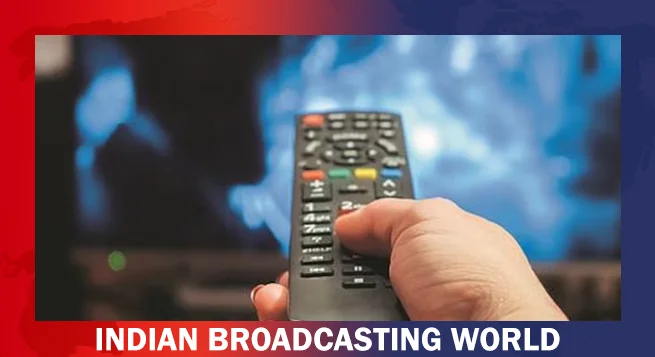 SC tells petitioner to take plea on OTT platforms to govt.
SC tells petitioner to take plea on OTT platforms to govt.  Network18 TV news biz revenue up 28% in Q4 FY24
Network18 TV news biz revenue up 28% in Q4 FY24 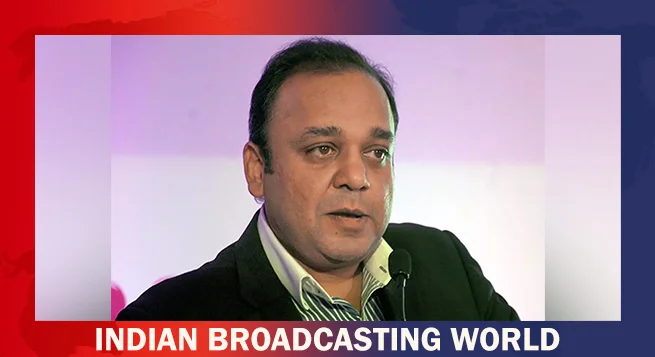 As Zee gets lean, Punit Goenka in charge of critical verticals
As Zee gets lean, Punit Goenka in charge of critical verticals  TV distributors turn to bundling to combat churn
TV distributors turn to bundling to combat churn 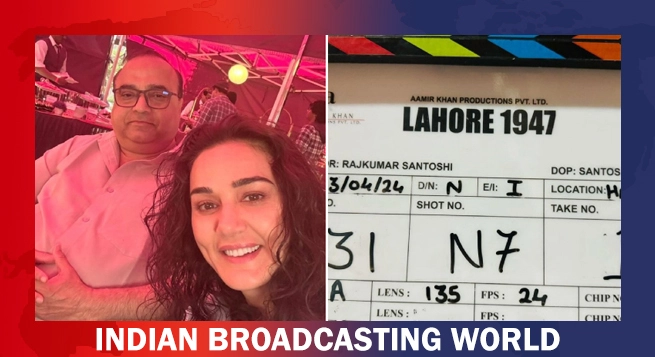 Preity Zinta commences shooting for ‘Lahore 1947’
Preity Zinta commences shooting for ‘Lahore 1947’  Zee Cinema announces World Television Premiere of ‘Tejas’ on April 28
Zee Cinema announces World Television Premiere of ‘Tejas’ on April 28 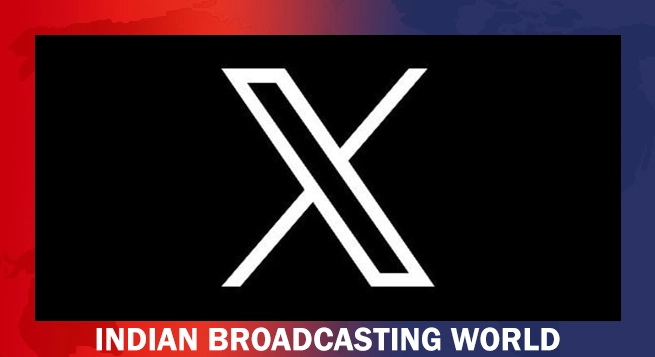 X platform challenges YouTube, announces launch of TV App
X platform challenges YouTube, announces launch of TV App 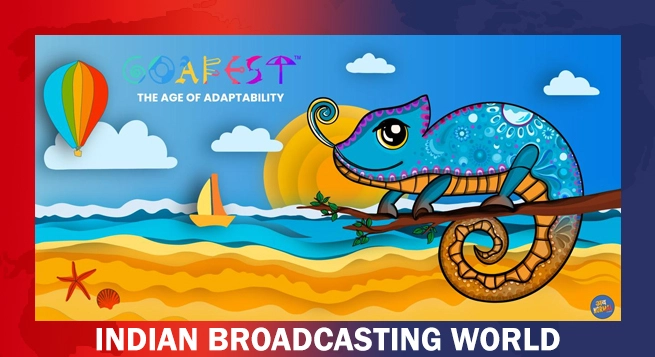 Goafest 2024 unveils festival theme ‘The Age of Adaptability’
Goafest 2024 unveils festival theme ‘The Age of Adaptability’ 

